11 Underrated Salad Greens—And How to Eat Them
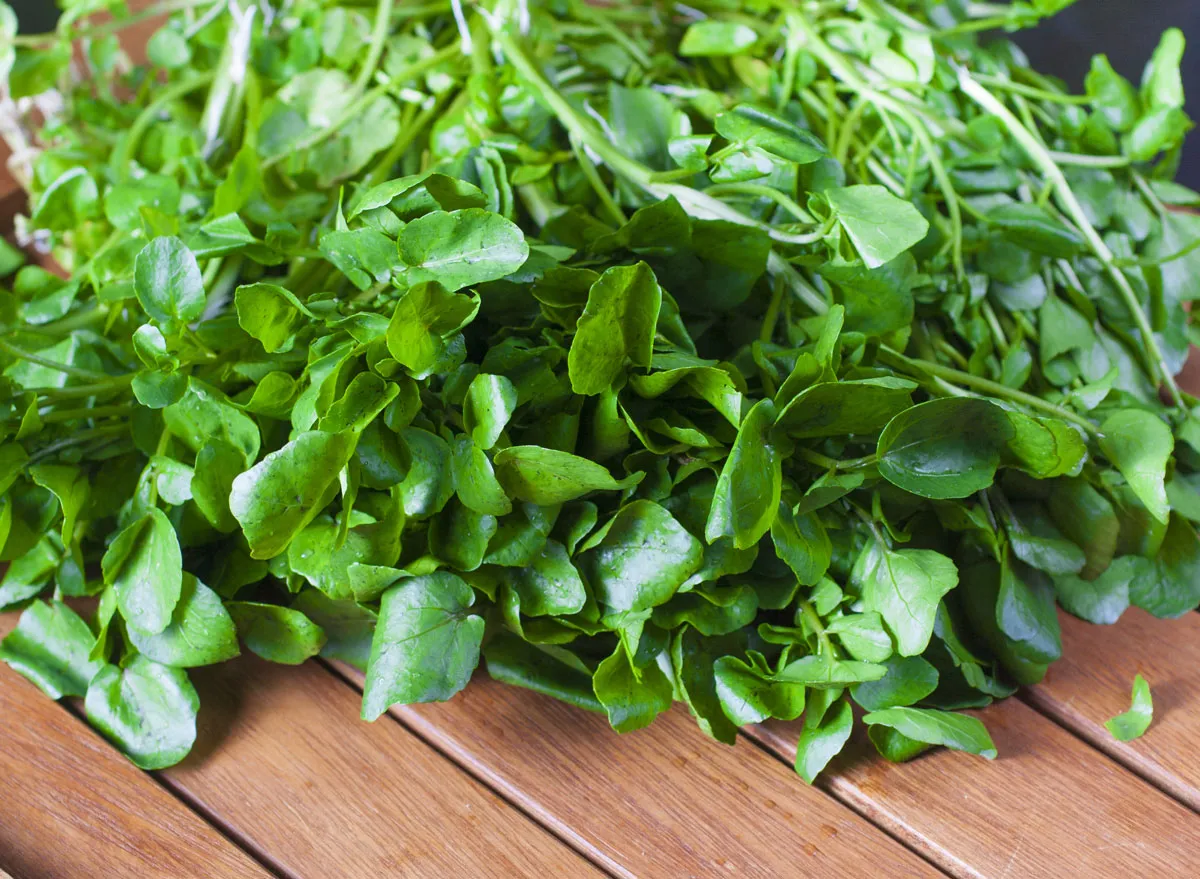
Salad greens are nutritional all-stars: They’re packed with vitamins (including A,B, and K) and are rich in minerals your body needs (like potassium, iron, calcium, and magnesium). Salad greens’ pigments, known as carotenoids, can lower cancer risks and keep your bones strong. Also, a cup of greens can clock in at less than 10 calories. Show-offs!
Not only can we vote them most likely to succeed in your diet, but salad greens are also super versatile; they make a healthy base for your salad, they can give your sandwich a crunch, they can be snuck into stir-fry or pasta dishes, and even replace a burger bun! Really, they’re game for anything.
Since you should be eating more greens (your mom agrees with us), there’s no reason to limit yourself to the usual suspects. And while we love kale, there are other options that are so low on the nutritional totem pole (ahem, iceberg lettuce!) that we insist you try a green you don’t usually stick your fork into. These lesser-known leafy greens are worthy of a dinner invite—like as the base to these 30 Salad Recipes for Weight Loss!
Mustard Greens
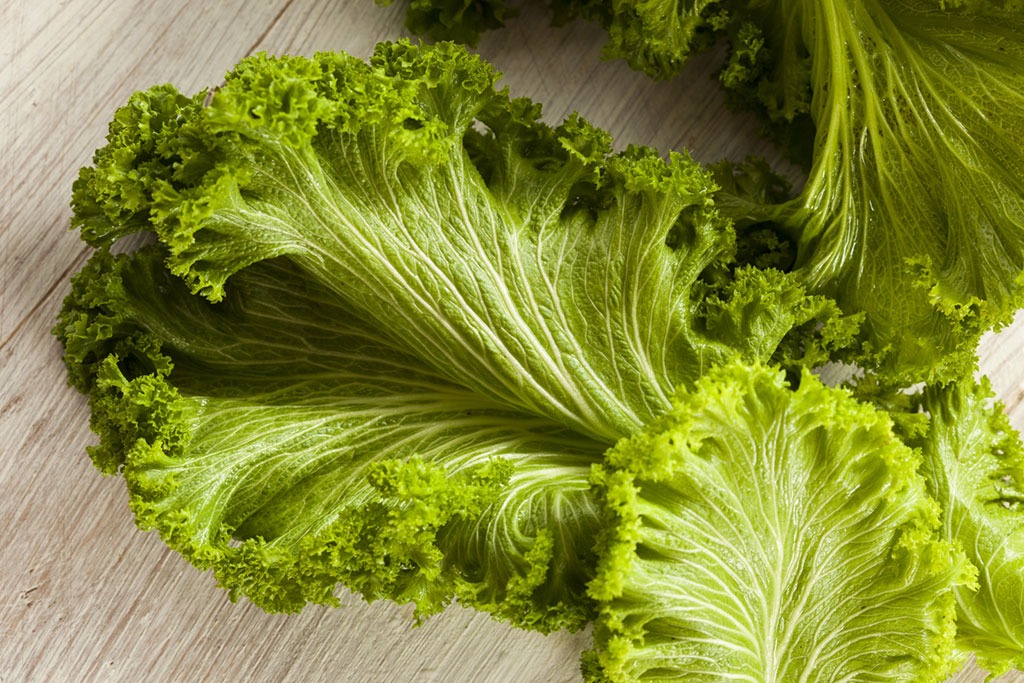
You don’t need to season your mustard greens because they naturally come with a built-in punch of pepper. Mustard greens count as a cruciferous veggie, says Jackie Newgent, RDN and author of The All-Natural Diabetes Cookbook. That means the greens have anti-inflammatory and cancer-preventive properties.
“You can actually enjoy these greens like you might spinach, but when you want more of a peppery kick,” Newgent says. “They’re best when prepared with olive oil or another healthy fat and a pinch of salt to balance the sharp-tasting ‘bite.'” Prefer to make a salad dressing? Then don’t miss these 12 Tips to Make Healthy Salad Dressings!
Swiss Chard

Popeye, if you get tired of spinach, give Swiss chard a try. Same goes for anyone who is on the hunt for a good source of iron. Swiss chard is in the same family as spinach and is hearty enough to be sauteed. Plus, it’s naturally loaded with polyphenol antioxidants, including syringic acid (which may help manage blood sugar levels) and kaempferol (which can play a heart protective role in the diet), Newgent explains. Her suggestion: Shred or finely chop it as a salad green, then pair it with a dried fruit, nut, and cheese. Think Swiss chard with dried cranberries, roasted pistachios, and goat cheese, plus a vinaigrette of choice.
Butter Lettuce
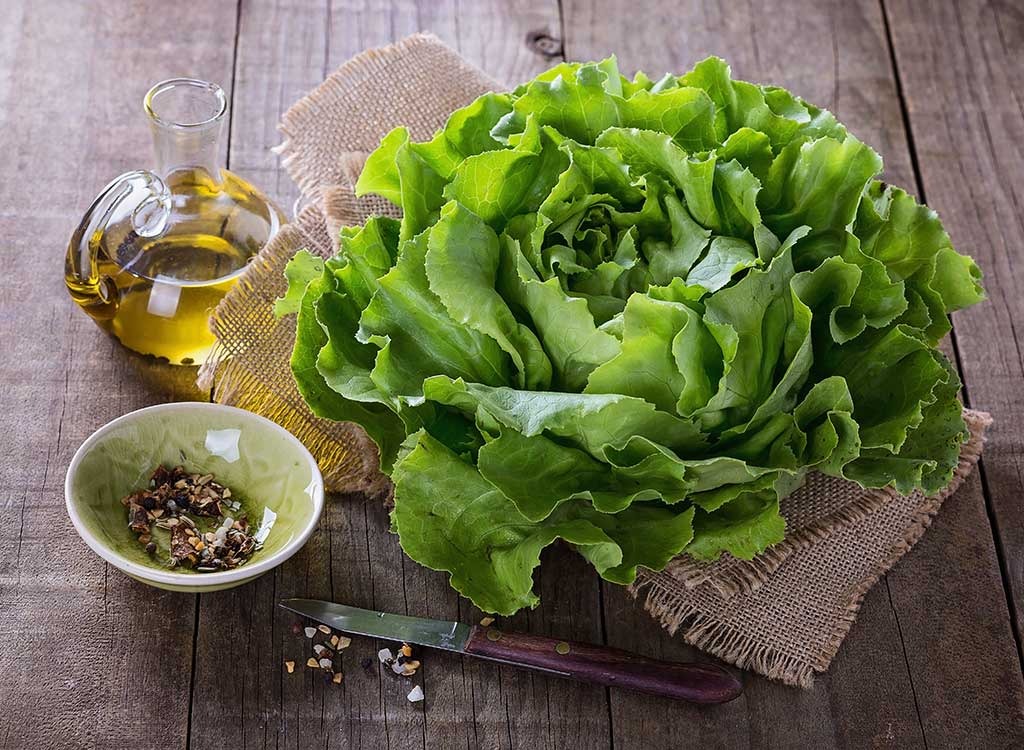
Mmm, butter. Trust us, this green isn’t trying to dupe you, either, with its indulgent name. Butter lettuce has a soft, creamy texture (for lettuce, that is!) and is almost sweet, says Tara Coleman, clinical nutritionist. It’s also high in vitamin A, which helps you maintain healthy, glowing skin, she says. A one cup serving packs more than half of your daily requirements of vitamin K, which helps maintain healthy bones.
“Butter lettuce is small in size, which makes it a great topping for sandwiches and easy to shred for salads,” Coleman says. “However, its shape and flexibility make it a perfect candidate for lettuce wraps. Its creamy flavor complements a saltier dish and it holds up much better than the other crunchier lettuces.”
Beet Greens
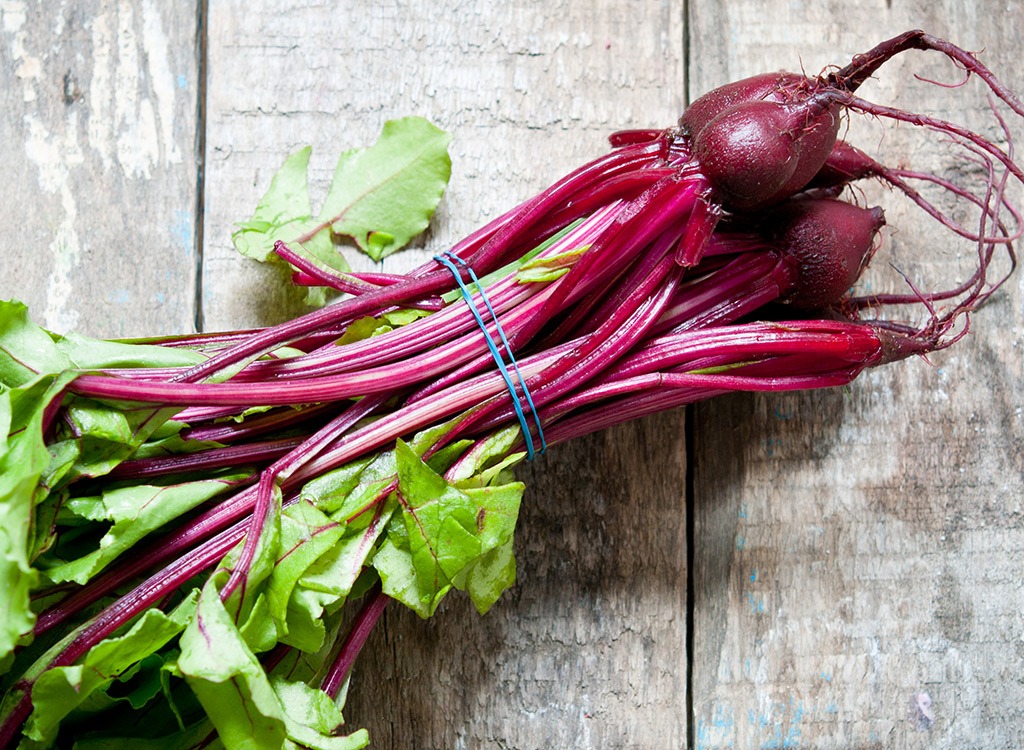
Tell your other greens to just “beet it.” While the beetroot itself has amazing health benefits, beet greens actually have a higher nutritional content than the root, says Jaime Anton, a certified plant-based nutrition consultant. “The greens have a higher percentage of iron than spinach, as well as providing huge doses of vitamin A, which can help reduce free radicals and strengthen the immune system,” she says. Beet greens also pack a healthy amount of vitamin K, which works with calcium to boost bone strength. “You can mix beet greens in with your salad, or use them in soups for an extra nutrient boost,” Anton suggests.
Dandelion Greens
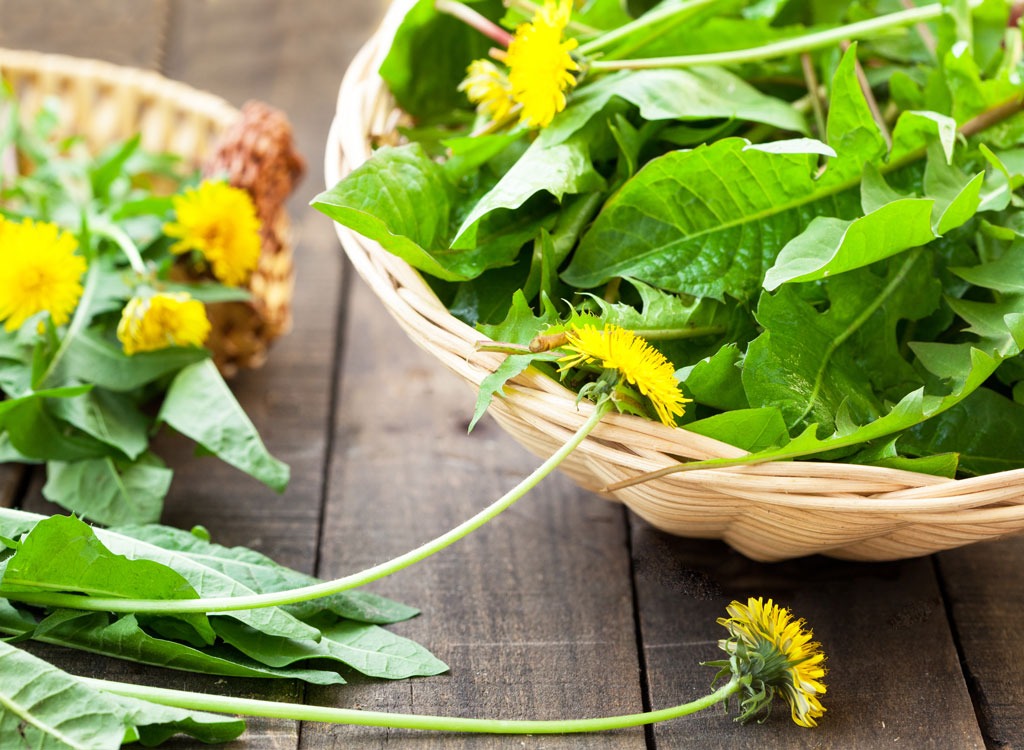
You may have had dandelion greens in a purifying tea or nutrient powder before. Move them up to the big leagues and put them in your salad bowl! Dandelion greens are one of the 20 Natural Diuretics and is a blood purifier, too. “In fact, arguments have been made that eating dandelion greens regularly may help reduce cancer risks as well as liver disease,” Anton says. “These greens have a higher calcium content than kale and are loaded with iron and vitamin K.”
Beware, though: Dandelion greens can be a bit bitter. Anton suggests adding them to salads mixed with less bitter greens like spinach or romaine. “Adding to soups and teas is also a great way to get your dose of these amazing greens,” she says.
Escarole
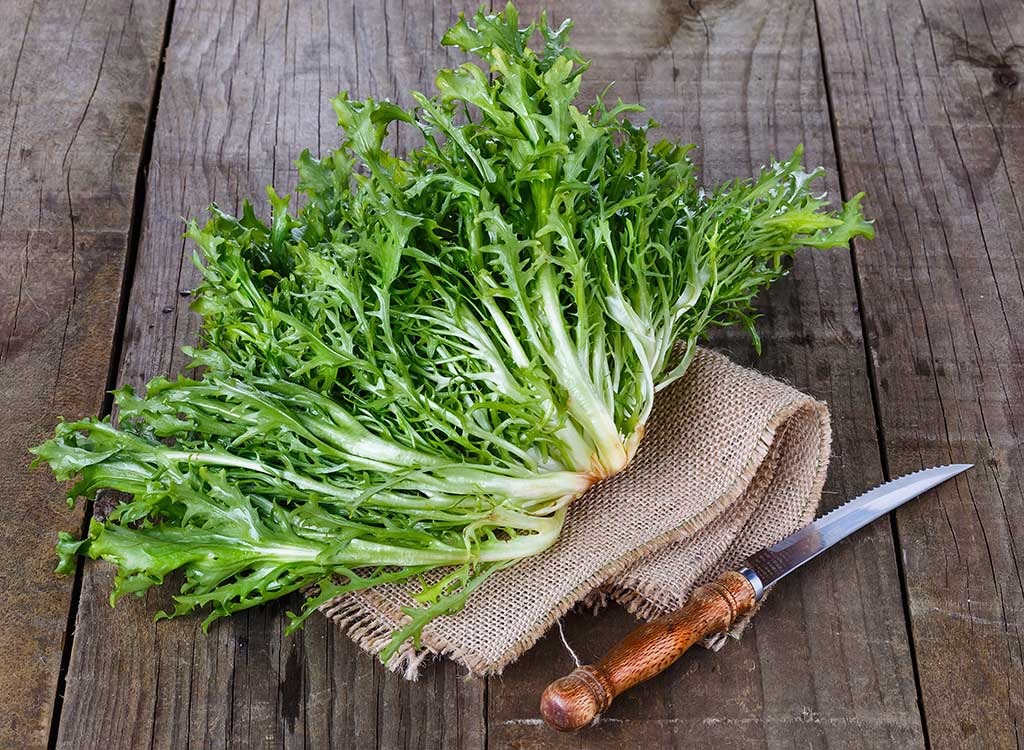
Escarole holds no grudges: It’s far less bitter than other family members in the endive family. But it still promotes the benefits of bitter foods and is a natural way to improve digestion, according to Bastyr University. (Psst! Endive lettuces ranked higher than kale on a list of 47 superfoods in a William Patterson University study!)
So go ahead, drizzle escarole with some olive oil or even pair it with some fish that has healthy fats. Researchers at Purdue University found that by adding at least three grams of monosaturated fat, your body will better absorb the veggies’ do-good carotenoids.
DON’T MISS: How to Prepare Food to Get the Most Nutrition
Radicchio
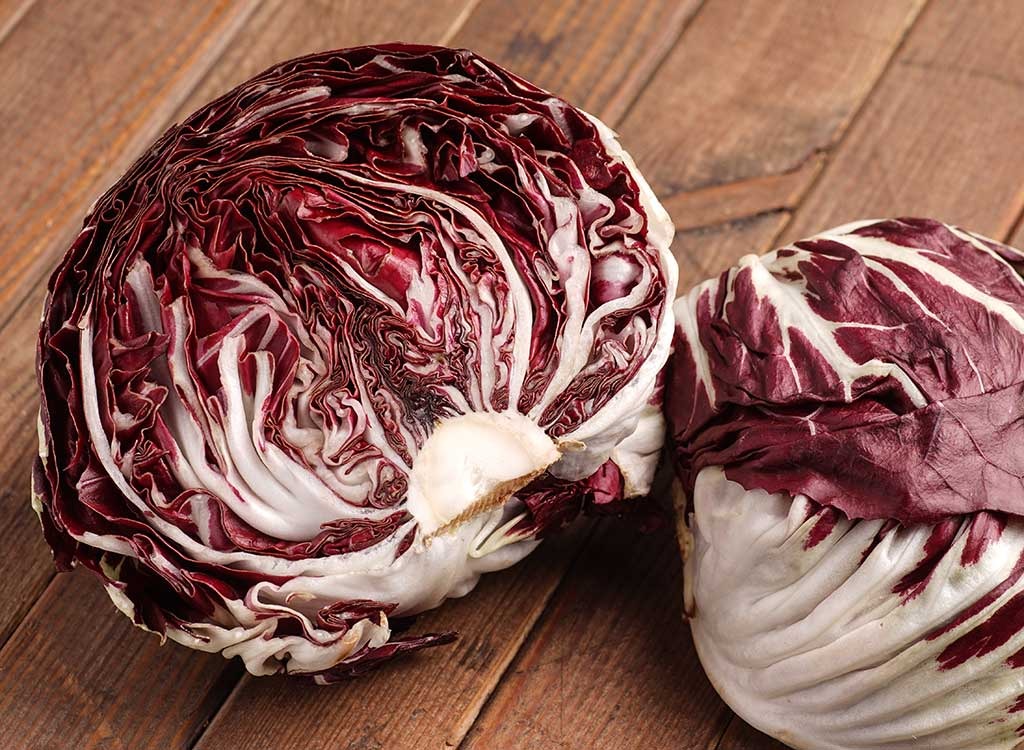
Radicchio: She’s not just a looker; she’s full of substance. “The lovely, white-veined red and purple hues of this low-calorie, nutritious superfood is a giveaway that this leafy variety of the chicory class of vegetables is an extraordinary antioxidant powerhouse,” says nutrition and fitness expert Janet Brill, author of Blood Pressure Down. Bonus: Lactucopicrin, which makes radicchio bitter, can serve as a natural painkiller; before you pop any pills, maybe try a salad with radicchio.
And radicchio is game not just for cold salads; it can hold its own on the grill, too. “Try grilling chunks, seasoned and flavored with extra virgin olive oil,” Brill suggests. Radicchio’s bitter taste actually mellows out when it’s grilled or roasted.
Frisee
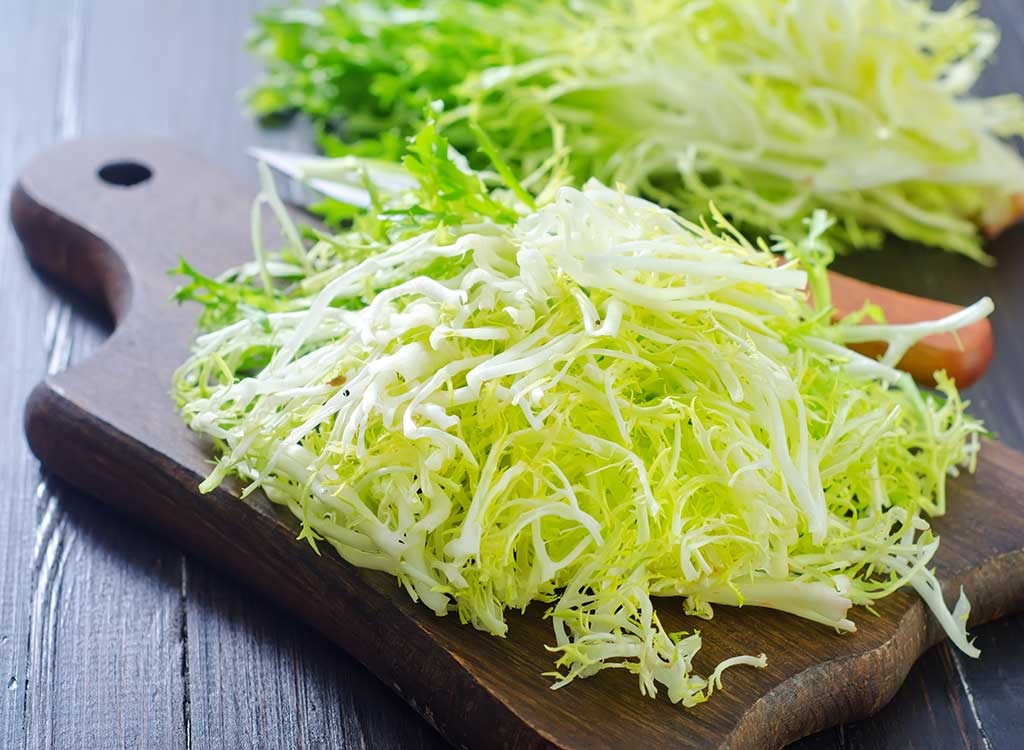
Sounds worldly, yes? Well, this green is popular in France and is kind of fancy-schmancy with its curly greens. A member of the chicory family, frisee is also slightly nutty. It could be a lifesaver, too; a single cup of frisee contains 235 mg of antioxidant-rich polyphenols, which can help you live longer. A study in the Journal of Nutrition found that those who eat 650 mg of polyphenols have a 30 percent greater chance at living longer than those who consume less.
Pro tip: Grill your frisee to bring out its sweetness and hide the bitterness—or tame it with a tangy vinaigrette.
Collard Greens

Consider collard greens the Southern gentleman you want at your dinner table. Collard greens are a member of the cancer-fighting Brassica family of veggies, like cauliflower and kale, says Brill. “Low in calories, yet packed with impressive amounts of protein, fiber, and tons of other vital nutrients, this traditional Southern side dish should make an appearance on all Americans’ plates for better health.”
You can eat collard greens raw with salads, pairing with a dijon mustard dressing. (But first make sure it’s not on our list of 16 Salad Dressings Worse Than Chocolate Syrup!) Or, Brill suggests seasoning and sauteing the greens in extra virgin olive oil, garlic, and with fresh tomatoes.
Mizuna
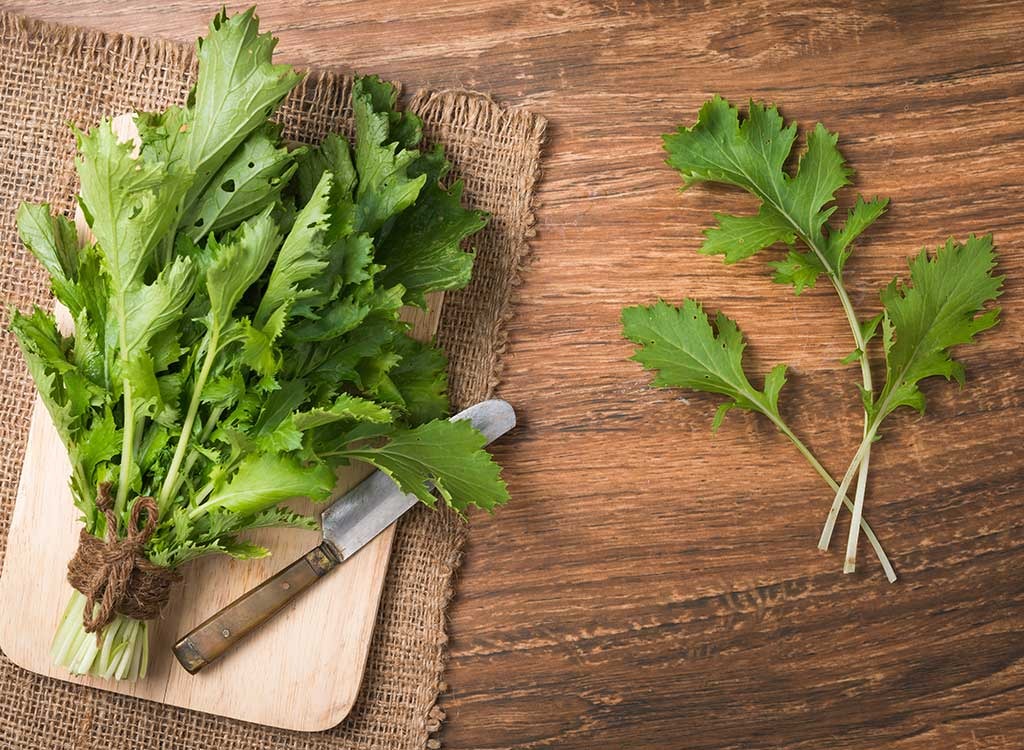
This dark green leaf with narrow white stalks also goes by the AKA’s California Peppergrass and Spider Mustard. One cup of the stuff will deliver about two-thirds of the vitamin C you need for the day, according to Jessica Crandall, RD, and nutritionist with the Denver Wellness Center. Mizuna is a little bit spicy, with a mild peppery flavor—so once you get enough of it in salad form, Crandall suggests adding it to a miso soup or any vegetable soup toward the end of the cooking time.
Cress
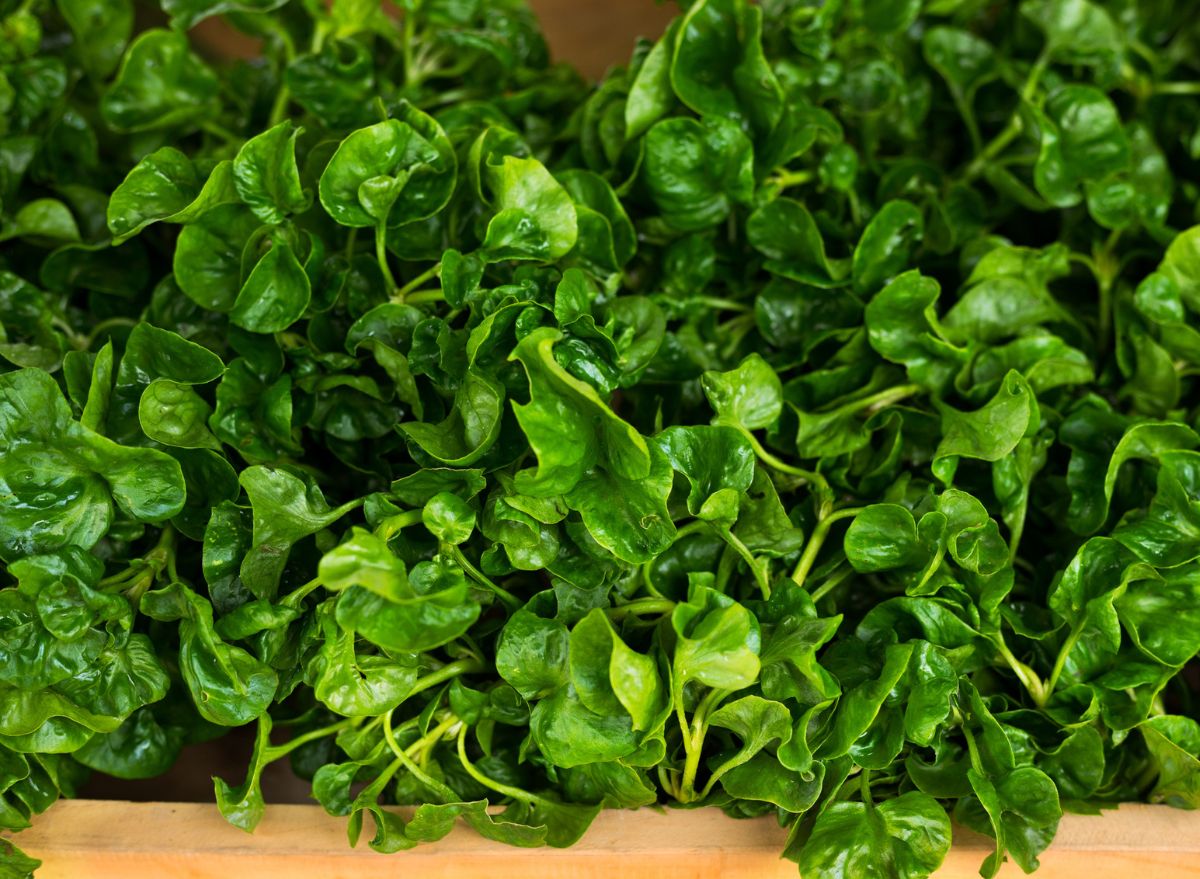
The cutesy, dark green leaves of cress are often used as garnishes. But they’re begging, “Put me into a salad, Coach!” You’ll get your daily dose of vitamin A and 90 percent of your vitamin C from just 1 1/2 cups of cress, according to Crandall. It has a hint of tangy flavor and you can eat cress like you would sprouts—on soups, salads or sandwiches. You can also throw it in a salad with mixed greens, add it to a stir fry, or give your other leaves a leave of absence from the blender and toss cress into your next green smoothie. For tons of smoothie inspo that will slim you down, check out these 25 Best-Ever Weight Loss Smoothie Recipes!